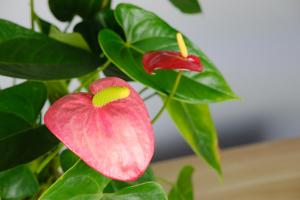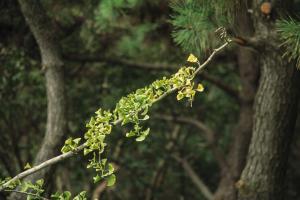Do Chipmunks Eat Tomato Plant Leaves?
If you're an avid tomato gardener, you may have noticed some nibbling on the leaves of your plants, leaving you wondering if it was the work of an insect or a small mammal. Chipmunks, for example, are known to cause damage to various types of plants, but do they really eat tomato plant leaves? Let's explore this question further.
Chipmunk Diet
Before we can determine if chipmunks eat tomato plant leaves, we need to understand their dietary habits. Chipmunks are omnivores, which means they consume both plants and animals. Their diet consists of seeds, nuts, fruits, insects, and small vertebrates like lizards and mice. They are opportunistic feeders, meaning they will eat whatever is readily available to them.
Tomato Plant Leaves
Tomato plant leaves are an essential part of the plant's ability to photosynthesize and grow. They are rich in chlorophyll, which helps convert sunlight into energy for the plant. This makes them a valuable resource for both the plant and any animals looking to feed on them. However, tomato plant leaves are also known to contain toxins such as alkaloids, which can be harmful to some animals.
Chipmunks and Tomato Plant Leaves
While chipmunks are known to eat a variety of plants, including fruits and vegetables, there is no evidence to suggest that tomato plant leaves are a preferred food source. In fact, many chipmunks seem to avoid consuming tomato plant leaves, likely due to the presence of toxins that make them unpalatable.
If you notice damage to your tomato plant leaves that is consistent with chipmunk activity, it is possible that they are not eating the leaves themselves but rather using them as nesting material or digging in the soil around the plants. Chipmunks are known to create burrows and tunnels in close proximity to their food sources, which can lead to damage to the surrounding vegetation.
Protecting Your Tomato Plants
If you are concerned about chipmunk damage to your tomato plants, there are several steps you can take to protect them. One option is to use physical barriers such as mesh netting or fencing to prevent chipmunks from accessing the plants. You can also try using natural deterrents such as predator urine or planting companion plants that repel chipmunks, like marigolds or garlic.
Another effective method for reducing chipmunk damage is to make sure your garden is not providing them with easy access to food and shelter. This means removing any potential hiding spots, such as brush piles, and limiting their access to bird feeders and other sources of food.
Conclusion
While chipmunks may occasionally nibble on tomato plant leaves, they are not a significant threat to the overall health of the plant. Understanding their dietary habits and behavior can help you take steps to protect your tomato plants and keep these adorable little critters from causing too much damage in your garden.

 how many times do yo...
how many times do yo... how many planted tre...
how many planted tre... how many pine trees ...
how many pine trees ... how many pecan trees...
how many pecan trees... how many plants comp...
how many plants comp... how many plants can ...
how many plants can ... how many plants and ...
how many plants and ... how many pepper plan...
how many pepper plan...

































